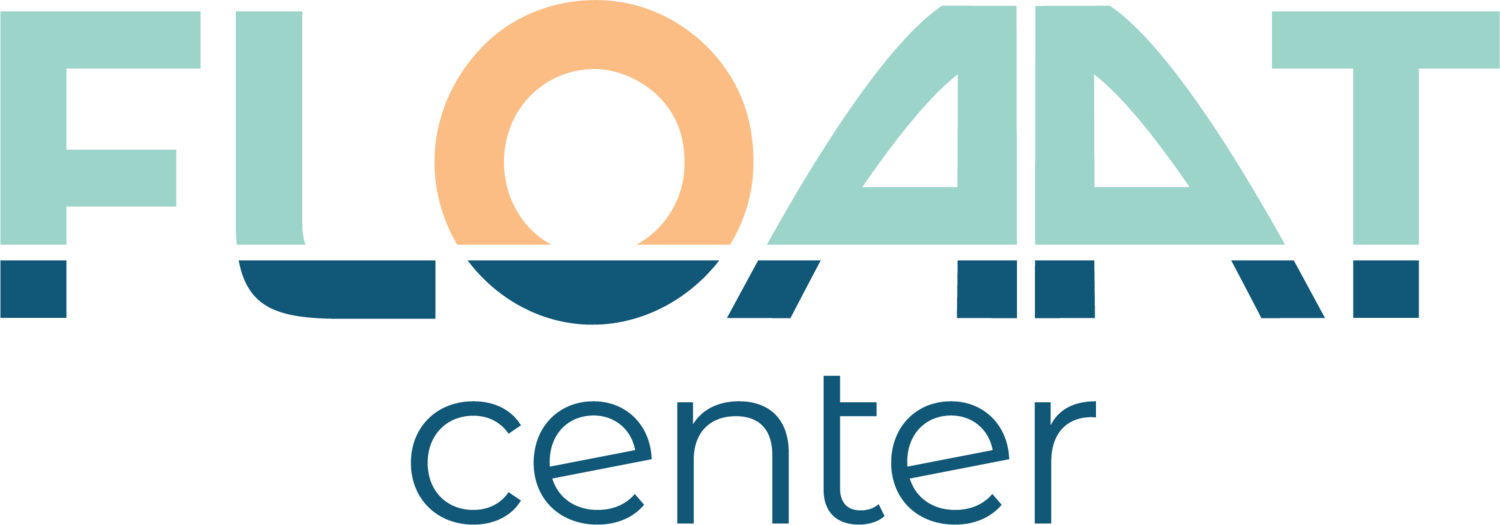The Science Behind Trichotillomania
Author: Mokshvi Shah, BS Northeastern University Student
Published: June 2025
Understanding the Urge to Pull and How to Find Relief
Hair pulling isn’t just a “bad habit” or something you can simply choose to stop. For people living with Trichotillomania (TTM), also known as Hair-Pulling Disorder, the urge to pull is powerful, persistent, and deeply misunderstood. Trichotillomania is a body-focused repetitive behavior (BFRB), and it affects millions of people. Yet many suffer in silence, ashamed or confused by what they’re experiencing.
What Is Trichotillomania?
Trichotillomania is a mental health condition characterized by recurrent, irresistible urges to pull out hair from the scalp, eyebrows, eyelashes, or other areas of the body.
These urges can feel automatic, like your hands have a mind of their own, or intentional, driven by specific sensations, emotions, or the desire to find "just the right" hair. For some, pulling provides relief, satisfaction, or even pleasure. For others, it leads to guilt, frustration, or shame.
What Causes Trichotillomania?
While we don’t yet know the exact cause, research suggests that TTM is influenced by a mix of genetic, neurological, emotional, and behavioral factors.
Neurological pathways
Brain imaging studies have shown differences in the way people with TTM process impulse control, emotion regulation, and sensory input. This suggests a neurobiological component, where brain circuits involved in habit formation and self-regulation may be overactive or misfiring.Genetic factors
TTM can run in families, indicating a possible genetic predisposition. But like most mental health conditions, it’s likely influenced by a combination of inherited traits and environmental triggers.Emotional triggers
Hair pulling can be a way to cope with stress, anxiety, boredom, or even excitement. It often serves a regulatory function, helping individuals self-soothe or release tension.Habit loop
Over time, pulling becomes part of a habitual feedback loop: a trigger (like anxiety or boredom) leads to pulling, which provides temporary relief or gratification, reinforcing the behavior.
Why It’s Not “Just a Habit”
Unlike typical habits, Trichotillomania is classified as an Obsessive-Compulsive and Related Disorder in the DSM-5. That means it shares features with OCD, such as intrusive urges and repetitive behaviors, but with some key differences.
People with TTM don’t always experience obsessive thoughts before pulling, instead, the behavior itself can be automatic, compulsive, or emotion-driven. And while some can resist the urge for a time, the discomfort usually builds until it becomes overwhelming.
The Impact on Daily Life
TTM can be incredibly isolating. Many individuals go to great lengths to hide the physical signs, wearing hats, false eyelashes, or avoiding social situations altogether. It can affect:
Self-esteem and body image
Academic or work performance
Social relationships
Mental health, including anxiety and depression
And yet, because TTM is so misunderstood, people often delay seeking help, sometimes for years.
